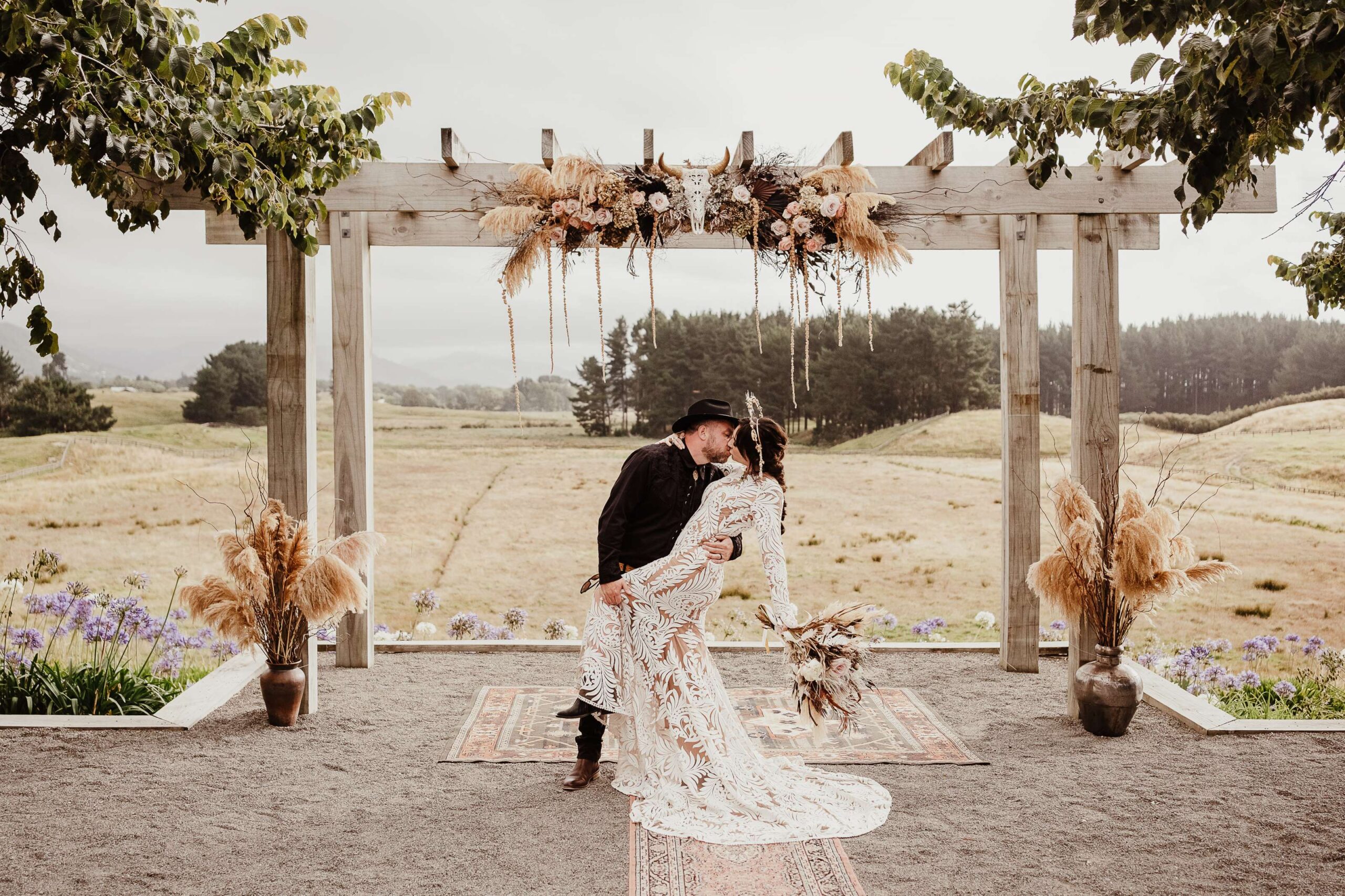High-End Fashion: An In-Depth Exploration of Luxury and Elegance
Introduction
High-end fashion, often synonymous with luxury and sophistication, represents the pinnacle of the fashion industry. This segment of fashion encompasses premium brands, exclusive designs, and bespoke craftsmanship, setting trends and standards in the world of style. This comprehensive article delves into the multifaceted world of high-end fashion, exploring its history, key players, trends, and the intricate craftsmanship that defines it.
1. The Evolution of High-End Fashion
1.1 Historical Context
High-end fashion, or haute couture, has deep historical roots that trace back to the late 19th and early 20th centuries. The term “haute couture” is French for “high sewing” or “high dressmaking,” and it refers to the creation of exclusive, made-to-measure garments for high-society clientele.
- 19th Century Origins: The concept of haute couture began in Paris, where designers like Charles Frederick Worth established themselves as the pioneers of bespoke fashion. Worth, often considered the father of haute couture, opened his fashion house in 1858 and set the standard for high-end fashion by offering custom-made garments to an elite clientele.
- Early 20th Century: The early 1900s saw the rise of other influential designers, including Coco Chanel, who revolutionized women’s fashion with her timeless and elegant designs. Chanel’s introduction of the little black dress and her use of comfortable yet stylish fabrics like jersey set new standards in high fashion.
- Post-War Era: After World War II, high-end fashion experienced a resurgence with designers like Christian Dior, whose “New Look” redefined women’s fashion with its focus on femininity and luxury. This period marked the beginning of high fashion’s dominance on the global stage.
1.2 The Definition of High-End Fashion
High-end fashion is characterized by several key elements:
- Exclusivity: High-end fashion pieces are often produced in limited quantities, ensuring their exclusivity and desirability. This scarcity adds to their allure and value.
- Craftsmanship: The quality of materials and the level of craftsmanship in high-end fashion are unparalleled. Designers employ skilled artisans who meticulously create garments with attention to detail and precision.
- Price Point: High-end fashion items are typically priced at a premium, reflecting their exclusivity, quality, and brand prestige.
- Bespoke Service: Many high-end fashion brands offer bespoke services, allowing clients to customize their garments to their personal preferences and measurements.
2. Iconic High-End Fashion Houses
2.1 Parisian Influence
Paris remains the epicenter of high-end fashion, with several iconic fashion houses that have shaped the industry:
- Chanel: Founded by Coco Chanel in 1910, the House of Chanel is renowned for its classic designs and timeless elegance. The iconic Chanel No. 5 perfume and the Chanel suit are just a few examples of the brand’s enduring influence.
- Dior: Christian Dior’s fashion house, established in 1946, is celebrated for its luxurious designs and innovative silhouettes. The “New Look” collection, introduced in 1947, is a landmark moment in fashion history.
- Louis Vuitton: Founded in 1854, Louis Vuitton is synonymous with luxury and craftsmanship. The brand’s iconic monogrammed bags and travel trunks are symbols of high-end fashion.
- Givenchy: Hubert de Givenchy, known for his elegant and sophisticated designs, founded his fashion house in 1952. The brand is renowned for its classic pieces and collaborations with celebrities.
2.2 Italian Elegance
Italy’s high-end fashion houses are known for their opulence and refined craftsmanship:
- Gucci: Founded in 1921 by Guccio Gucci, the House of Gucci is famous for its luxurious leather goods, including its iconic GG logo and horsebit moccasins.
- Prada: Established in 1913 by Mario Prada, the brand is celebrated for its innovative designs and use of high-quality materials. Prada’s minimalistic and avant-garde approach has earned it a place in high fashion history.
- Versace: Gianni Versace founded his fashion house in 1978, known for its bold prints, vibrant colors, and glamorous designs. Versace’s impact on high-end fashion is marked by its distinctive and flamboyant style.
2.3 British Sophistication
British high-end fashion houses are recognized for their classic tailoring and understated elegance:
- Burberry: Established in 1856, Burberry is renowned for its classic trench coats and distinctive check pattern. The brand combines traditional British style with modern innovation.
- Alexander McQueen: Founded by the late Alexander McQueen in 1992, the brand is known for its dramatic and avant-garde designs. McQueen’s fashion shows were renowned for their theatrical and boundary-pushing presentations.
- Vivienne Westwood: A pioneer of punk fashion, Vivienne Westwood’s designs are known for their rebellious and eclectic style. Her contributions to high-end fashion include unique prints and historical references.
3. The Craftsmanship of High-End Fashion
3.1 Fabric and Material Selection
The selection of fabrics and materials is a crucial aspect of high-end fashion:
- Luxury Fabrics: High-end fashion often utilizes luxury fabrics such as silk, cashmere, and fine wool. These materials are chosen for their quality, texture, and durability.
- Innovative Textiles: Designers may also experiment with innovative textiles and techniques, incorporating cutting-edge materials and technologies into their collections.
3.2 Bespoke Tailoring
Bespoke tailoring is a hallmark of high-end fashion, offering clients a personalized and customized experience:
- Made-to-Measure: Bespoke garments are crafted to the client’s exact measurements, ensuring a perfect fit and personalized design elements.
- Handcraftsmanship: Skilled artisans employ traditional techniques, such as hand-stitching and embroidery, to create garments with meticulous attention to detail.
3.3 Design and Innovation
High-end fashion is known for its innovative design and creative vision:
- Design Process: Designers often draw inspiration from art, history, and culture to create unique and original collections. The design process involves sketching, pattern making, and fabric selection.
- Fashion Shows: High-end fashion houses showcase their collections through elaborate fashion shows and presentations, highlighting their creative vision and craftsmanship.
4. High-End Fashion Trends
4.1 Seasonal Trends
High-end fashion trends evolve with the seasons, reflecting changes in style and aesthetics:
- Spring/Summer: Trends for spring and summer often include light fabrics, vibrant colors, and relaxed silhouettes. Designers may experiment with floral prints, pastel shades, and airy fabrics.
- Fall/Winter: Fall and winter collections typically feature heavier fabrics, rich textures, and deep hues. Trends may include layering, tailored coats, and luxurious knitwear.
4.2 Influences and Inspirations
High-end fashion trends are influenced by various factors:
- Cultural and Social Movements: Fashion trends often reflect cultural and social movements, such as the feminist movement or the rise of sustainability.
- Celebrity Influence: Celebrities and influencers play a significant role in shaping fashion trends through their red carpet appearances and social media presence.
- Art and Architecture: Designers frequently draw inspiration from art, architecture, and historical periods, incorporating these influences into their collections.
4.3 Sustainable Fashion
Sustainability is an emerging trend in high-end fashion, driven by a growing awareness of environmental and ethical issues:
- Eco-Friendly Materials: High-end fashion brands are increasingly using eco-friendly materials, such as organic cotton, recycled fabrics, and vegan leather.
- Ethical Practices: Brands are adopting ethical practices, including fair labor standards and transparent supply chains, to address concerns about exploitation and environmental impact.
- Circular Fashion: The concept of circular fashion focuses on reducing waste by designing garments that can be repaired, recycled, or upcycled.
5. The Business of High-End Fashion
5.1 Market Dynamics
The high-end fashion market is characterized by several key dynamics:
- Global Reach: High-end fashion brands operate on a global scale, with boutiques and flagship stores in major fashion capitals around the world.
- Luxury Consumer Behavior: High-end fashion consumers are often driven by exclusivity, quality, and brand prestige. They value personalized experiences and are willing to invest in premium products.
- Brand Collaborations: Collaborations between high-end fashion brands and other industries, such as art, technology, and entertainment, are common. These partnerships create unique and limited-edition products.
5.2 Marketing and Branding
Marketing and branding play a crucial role in high-end fashion:
- Brand Identity: High-end fashion brands cultivate a strong brand identity through their unique designs, heritage, and values. This identity is communicated through advertising, events, and collaborations.
- Digital Presence: High-end fashion brands leverage digital platforms, including social media, e-commerce, and influencer partnerships, to reach a global audience and engage with consumers.
- Experiential Marketing: Brands often create exclusive experiences, such as private fashion shows and personalized shopping events, to enhance their appeal and build client relationships.
5.3 Challenges and Opportunities
The high-end fashion industry faces several challenges and opportunities:
- Counterfeiting: The proliferation of counterfeit goods poses a significant challenge to high-end fashion brands, impacting their reputation and revenue.
- Economic Fluctuations: Economic downturns and fluctuations can affect consumer spending on luxury items, leading to shifts in market demand.
- Innovation: Embracing innovation, such as digital technology and sustainable practices, presents opportunities for high-end fashion brands to stay relevant and meet evolving consumer expectations.
Conclusion
High-end fashion represents the epitome of luxury, sophistication, and craftsmanship. From its historical roots in Paris to its global influence today, the world of high-end fashion continues to captivate and inspire.
The evolution of high-end fashion is marked by iconic fashion houses, exceptional craftsmanship, and ever-changing trends. Designers and brands push the boundaries of creativity and innovation, shaping the industry and defining new standards of elegance.
As the fashion landscape continues to evolve, high-end fashion remains a symbol of exclusivity and refinement. By embracing sustainability, leveraging digital technology, and staying attuned to consumer preferences, the industry is poised to navigate future challenges and opportunities with grace and sophistication.
In conclusion, high-end fashion is more than just clothing; it is an art form, a statement of identity, and a reflection of the ever-changing world of style and luxury.









